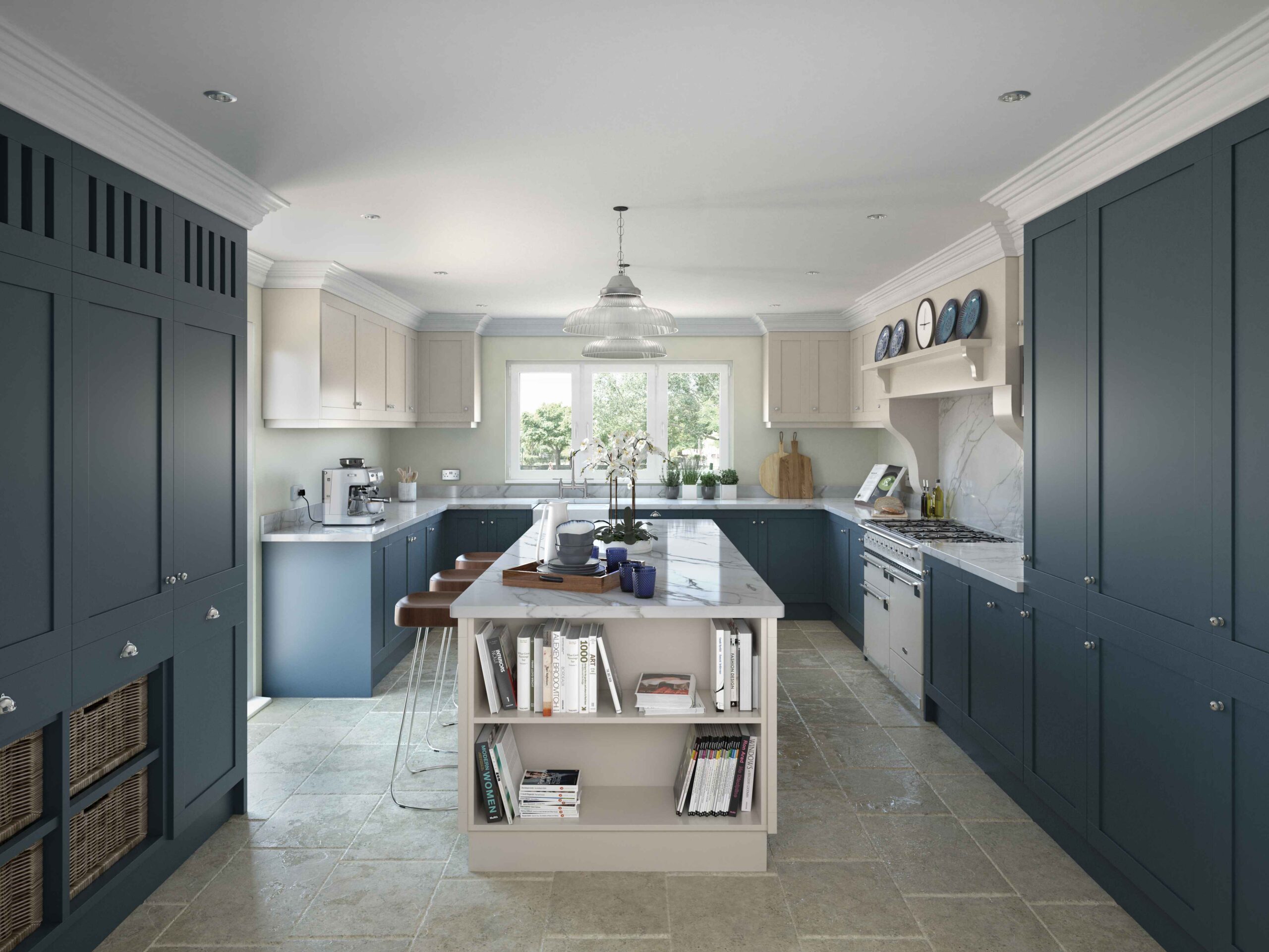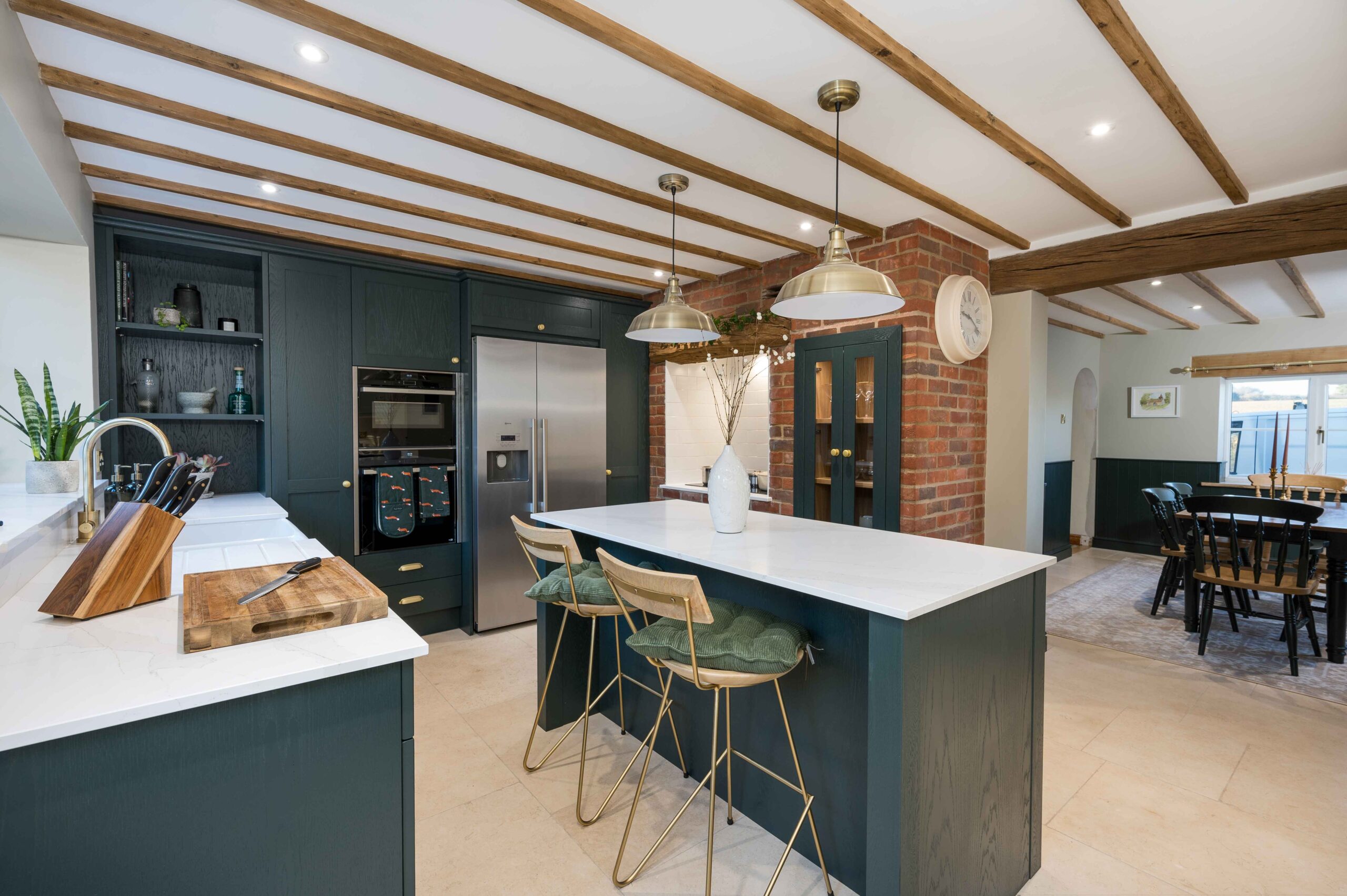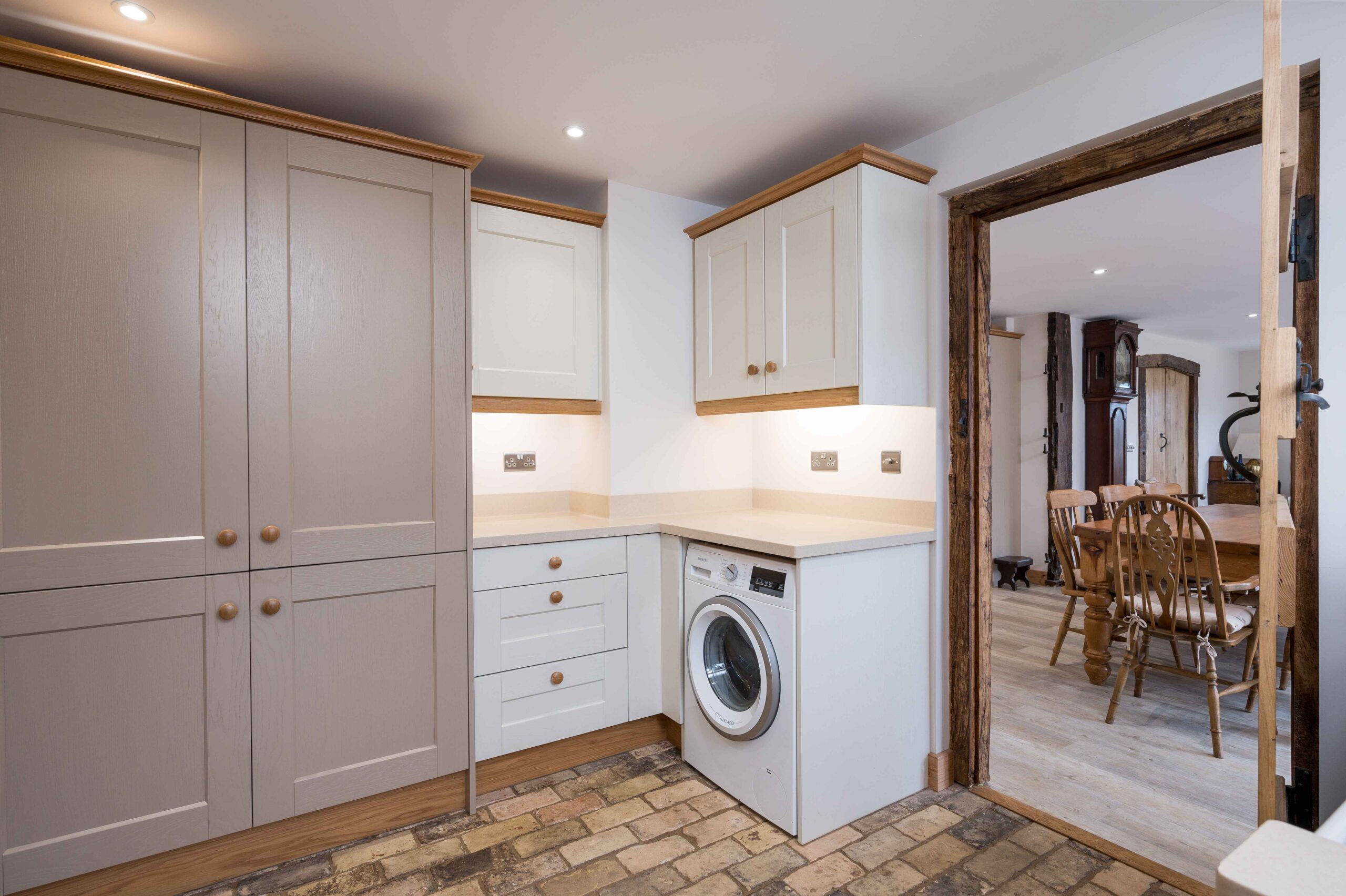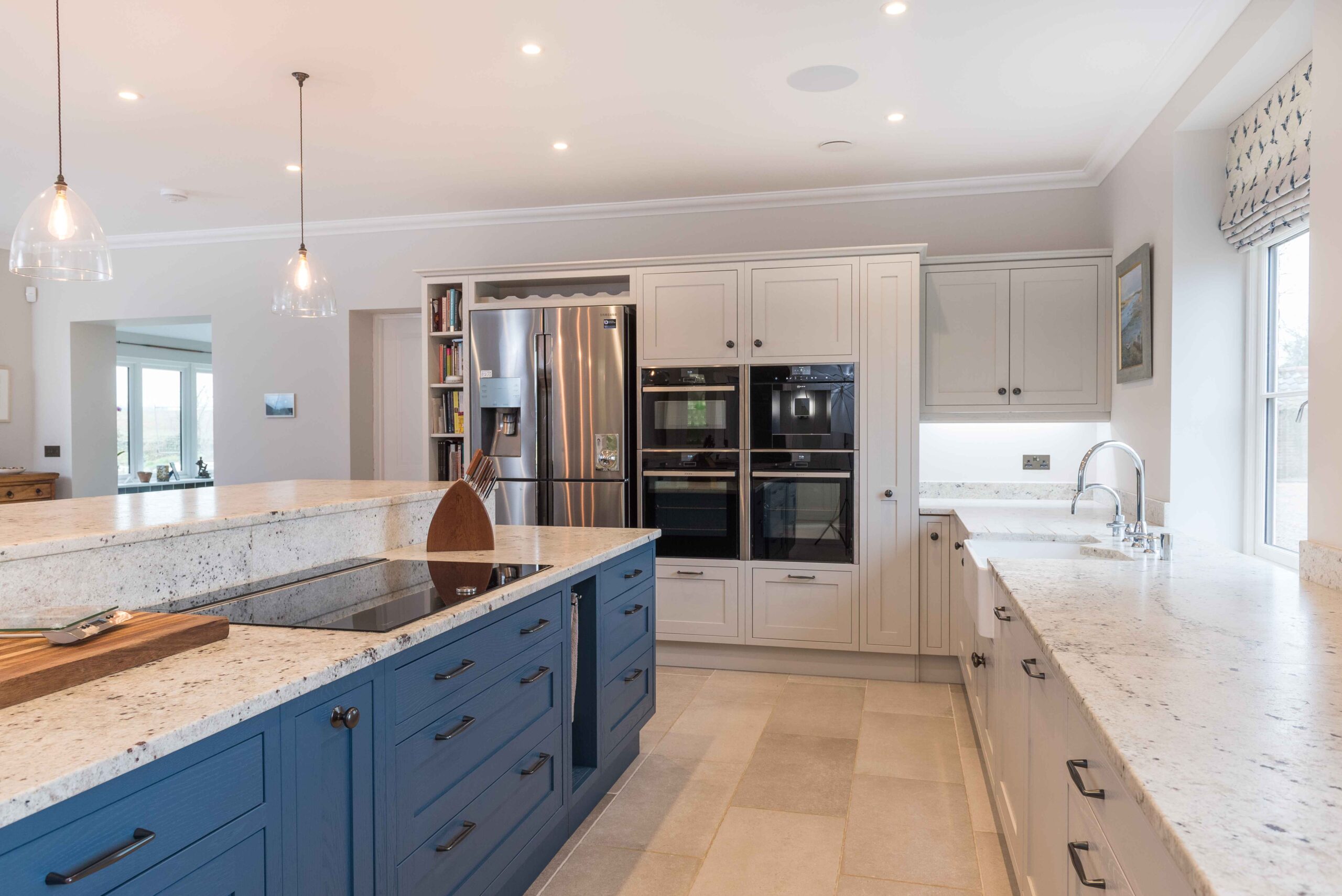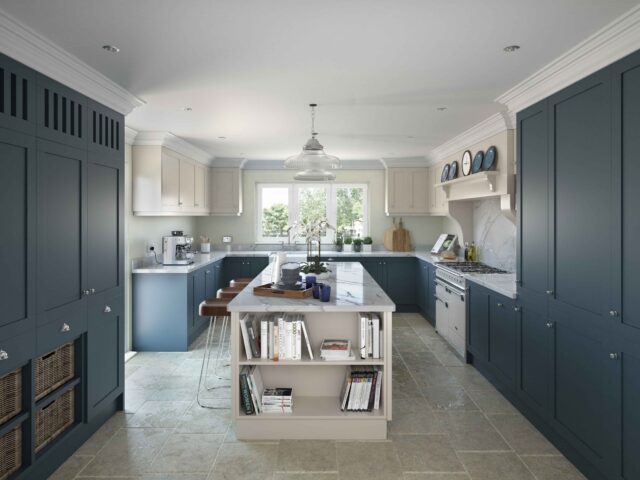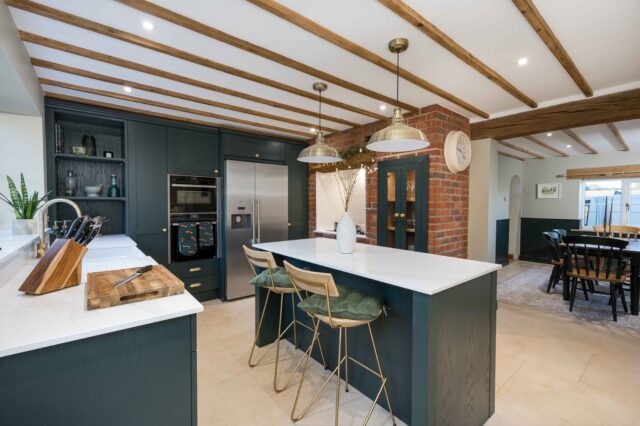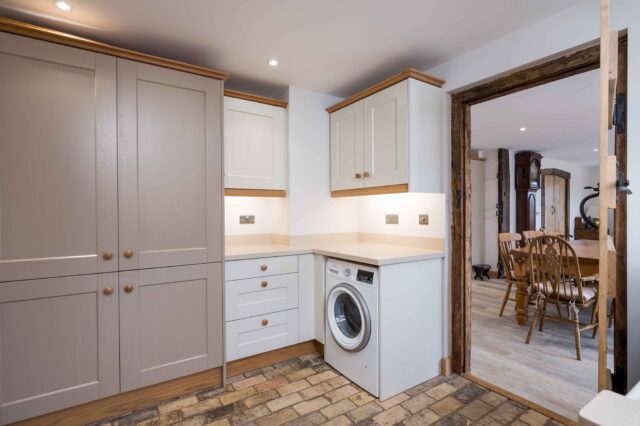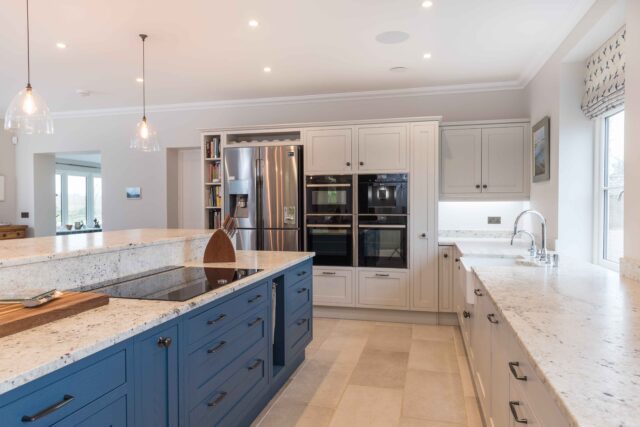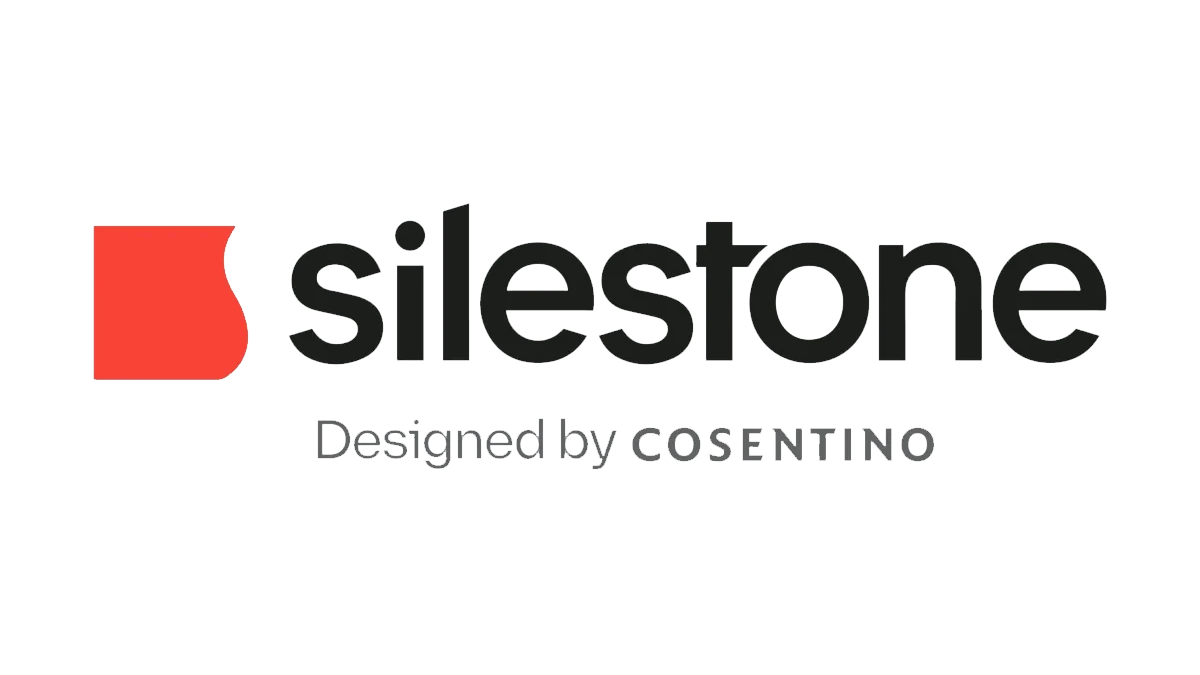A worktop is one of the hardest-working parts of your kitchen. It takes the daily knocks from chopping boards, steam from kettles, the odd hot pan and plenty of spills. The best way to choose is to think about how you use your kitchen and how you want it to feel.
When you start looking for a new worktop, it’s natural to have questions. You might be wondering which material is easiest to look after, or whether stone really does cope better with heat than wood. You may want to know the difference between quartz and granite, or simply which surface will look best in your style of kitchen.
This guide gives an overview of the main options. If you are not sure which direction to take, you can visit our kitchen showroom in Norwich, where our designers will be happy to show you examples and talk through what might work best in your home.
The different types of kitchen worktops
Each type of worktop has its own strengths and things to be aware of. Here are some of the most popular choices we work with.
Granite worktops
Granite is a natural stone that has been used in kitchens for many years. It is one of the hardest surfaces you can choose, which means it can withstand knocks, scratches and the general wear that comes with daily use, making it one of the best luxury kitchen worktops. Granite can also handle high temperatures, so resting a hot pan on the surface shouldn’t cause damage.
The main thing to know about granite is that it does need sealing from time to time to stay stain resistant.
See how our previous clients have used granite in their kitchens:
- Coastal shaker kitchen
- Shaker kitchen with timeless detail
- Classic meets modern
- Contemporary teal kitchen
Quartz worktops
Quartz is made from natural crystals mixed with resin, which creates a strong and practical surface. It does not need sealing, it resists most stains, and it is harder to scratch than stones like marble. Cleaning is simple, usually just a quick wipe with a cloth.
Quartz also comes in a wide range of colours and patterns, from soft tones that brighten a space to deeper shades that add contrast. Many options are designed to echo the look of natural stone, so you can choose a style that feels classic without the same level of upkeep.
The main thing to watch is heat. Quartz can handle some warmth, but hot pans placed straight on the surface may leave marks. Using a trivet or board is the safest way to protect it.
If you are deciding between quartz and granite, quartz is often picked for being easy to maintain, while granite appeals if you like the natural variation that comes with stone.
Need inspiration?
Marble worktops
If you love the natural look, marble is one of those materials that instantly stands out. The gentle veining and soft colours can bring a calm, classic feel to your kitchen, and because each slab is different, you can have something truly one-of-a-kind.
Marble does need a bit more care than some other worktop choices. It can stain if spills are left and the softer surface means scratches are more likely. That said, many people feel the final result is worth the extra effort.
If you like the style of marble but want something that is easier to look after, quartz and granite have both come a long way and can give you a similar look with less risk and maintenance.
Corian kitchen worktops
Corian kitchen worktops are a type of solid surface made from acrylic. If you like the idea of a worktop that flows without obvious joins, this could be the one to look at. It can even be shaped to include curves or built-in sinks, which makes it great in kitchens where you want something more bespoke.
In daily use, Corian is easy to wipe down and doesn’t stain easily. Small scratches can show, but the surface can often be restored, which means it’s a timeless choice with the right care.
The main draw of corian kitchen worktops is the design freedom they offer. You can choose from a wide range of colours and finishes, and create a look that feels right in your kitchen.
You can see an example of this in our oak shaker utility room project.
Other acrylic worktops
Alongside Corian, there are other well-known brands of acrylic worktops, including Mistral, Hi-Macs, Staron and Hanex. All of these acrylic worktops share the same strengths: seamless joins, a non-porous surface that is easy to clean, and the ability to sand out light scratches. The wide choice of colours means you can pick a finish that works naturally with the rest of your kitchen design.
Dekton kitchen worktops
Dekton is one of the newer materials you can choose for a kitchen. It is made in a way that creates a very dense surface, which means it can deal with the knocks and spills of everyday life.
Heat is where Dekton really stands out. If you set a hot pan down in a hurry, the surface will not mark. It also holds up well against scratches and stains, so you can get on with cooking without worrying too much about damage.
Dekton comes in plenty of colours and finishes, including designs that look like natural stone. That variety makes it easier to find a style that feels right for your kitchen, whether you are planning something modern or more traditional.
Solid wood worktops
Solid wood has a timeless appeal and works well with almost any kitchen style. Oak, walnut and beech are popular choices, each bringing their own colour and character.
Wood naturally resists bacteria, which makes it a safe and practical surface for preparing food. Hardwood is strong and durable, and with a little care it can serve well in a busy kitchen. Regular oiling protects it from water and helps the surface stay in good condition.
One of the things people often like about wood is how it changes gently over time. The colour can deepen and the surface picks up character, giving it a lived-in feel. Spills such as wine or lemon juice are best wiped up quickly to avoid stains, and small scratches can usually be sanded away.
If you are happy to give it some attention now and then, solid wood can last for many years and bring lasting warmth to your kitchen.
Laminate kitchen worktops
Laminate is one of the most common worktops you will come across. It is made by layering a decorative sheet over a chipboard and is available in many colours and patterns, some of which are designed to look like wood or stone.
The main reason people choose laminate is that it is cost effective and simple to fit. It is also easy to wipe down, which explains why it often ends up in busy family kitchens.
The trade-off is that laminate does not stand up to heat, sharp knives or water in the same way that stone, wood or solid surfaces do. Edges and joins can swell if water gets in, and the surface can mark quite quickly. Because of this, we rarely suggest laminate for a bespoke kitchen. It does not have the same lasting quality as other materials.
Finding the right fit for your kitchen
Each material has its own qualities, and the right choice will depend on what matters most in your home. You might want a surface that does not need much looking after, especially if your kitchen is always busy. Or you may be drawn to the feel of natural stone and the character it brings. For others, the decision is all about style and choosing something that will look just as good in years to come.
If you would like to take a closer look, our designers can show you swatches and examples in our kitchen showroom in Norwich and talk through what might work best in your home. You can also download our brochure for more ideas and inspiration before you start planning.
